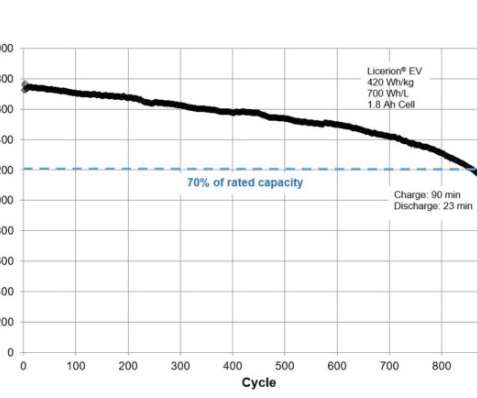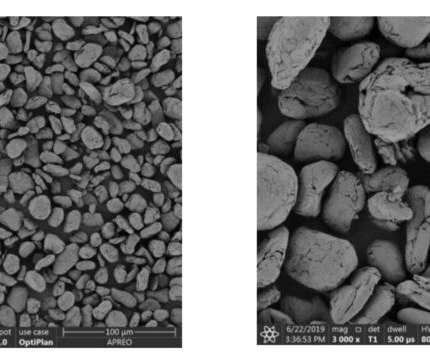Sion Power projects Licerion EV Li-metal batteries will have 420 Wh/kg and 700 Wh/L when scaled to commercial design
Green Car Congress
MARCH 15, 2020
Sion Power, a developer of high-energy, lithium-metal rechargeable batteries, said that its Licerion EV technology will have energy capacities of 420 Wh/kg and 700 Wh/L when scaled to commercial design. Through optimization of its protected lithium anode (PLA) and advanced electrolyte formulations, Sion Power performed tests on 1.8


























Let's personalize your content